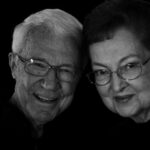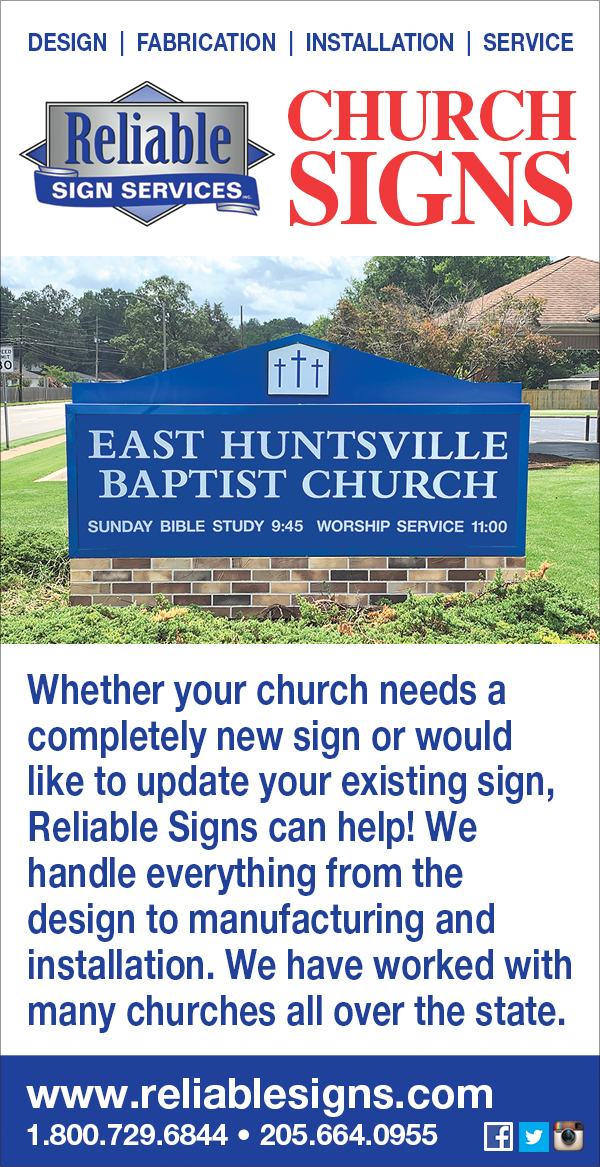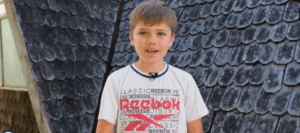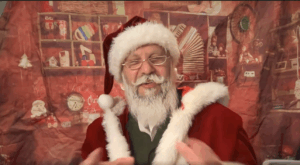News reports late last year noted the archaeological discovery of a synagogue in the ancient Israeli city of Magdala, and many Christians began immediately to think of Mary Magdalene, one of the female disciples who followed Jesus.
But James Strange, a professor at Samford University and director of the Shikhin Excavation Project in Israel, said the issue is a bit more complicated. Strange, who researches archaeology of Palestine in the Hellenistic through Byzantine periods, early Christianity and post-biblical Judaisms, was a guest on a Jan. 19 webinar with Jennifer Rash and Margaret Colson of TAB Media.
“We have some dispute over the surname ‘Magdalene,’” Strange noted. “Some see this as akin to the description of Jesus as a Nazarene, or one whose hometown was Nazareth. So Mary was Magdalene, or from Magdala. But others emphasize the root of this name as ‘tower.’ This could refer to Mary as a woman of stature, or a woman of exemplary faith.
“After all, she was at the cross when other disciples fled, and she talked with the risen Christ, so it would be natural for the church to venerate her as a tower of faith.” (Read more about Mary Magdalene as a “model of discipleship” here.)
Value of biblical archaeology
Unfortunately for the curious, the synagogue in Magdala isn’t germane to the argument about Mary’s lineage, Strange explained. Archaeology often is “provisional,” since workers usually don’t find signs with the names of ancient towns.
“But archeology helps us understand, for example, the agricultural environment of the first century — an image Jesus often used in parables,” Strange said. “And what about ‘putting your lamp on a lampstand?’ These ancient homes extended light a bit with lamps after sundown, but not very much. Using the lampstand was something commonly done to increase the lumens of the lamp.”
Strange grew up in an archaeologist’s home and was fascinated with his father’s work. He has taken Samford students and others on archaeological digs every year since 2009 except for the two years of COVID-19. He plans to take another group this year.
Strange said his expeditions are housed at Nazareth and participants work in a nearby village abandoned in the fourth century.
He noted the synagogue in Magdala was actually the second one discovered — the first was in 2009.
Linguistic component
“Again there’s another linguistic component,” Strange explained. “The word ‘synagogue’ can mean a building or an assembly without a building. Finding these two buildings demonstrated Magdala had both and has helped us learn more about the faith practices in ancient Israel.”
He said many discoveries in the Holy Land are made through construction excavations, as was the first synagogue in Magdala.
“A backhoe unearthed a stone depicting the image of a menorah from the temple in Jerusalem,” Strange said. “This shows how the local worshipers saw themselves related to the temple.
“As far as we know, no animal sacrifices were done in the synagogue, but offerings and prayer may have been understood as sacrifices they made to honor the Lord when they couldn’t travel to Jerusalem.”
When asked how modern Bible teachers can relate archaeology to their preaching and teaching without having the actual experience of digging, Strange suggested they have Scripture and the Holy Spirit primarily, and Christian literature secondarily.
‘Real people’
He said archaeology also is valuable since it reminds modern believers that their faith is a “descendant of others.”
“These disciples, including Mary, were real people who left all to follow Him,” Strange noted. “They were different from us in language, skin tone, religion since they were Jews, and in the food they ate. So there’s some distance between us. But they were real human beings who faced life’s contingencies just as we do. They gave up everything to follow Jesus. We have brothers and sisters in the faith around the world who have done this.
“I’ve not been called to give up everything, but I’m inspired by them.”
Strange teaches courses at Samford in New Testament, ancient Greco-Roman religions and the archeology of Palestine. He received the Howard College of Arts and Sciences Dean’s Award for Research in 2015 and was named the Charles Jackson Granade and Elizabeth Donald Granade chair in New Testament in 2017. He is a member of Shades Crest Baptist Church in Birmingham; his email is jrstrang@samford.edu.
Read more below.









